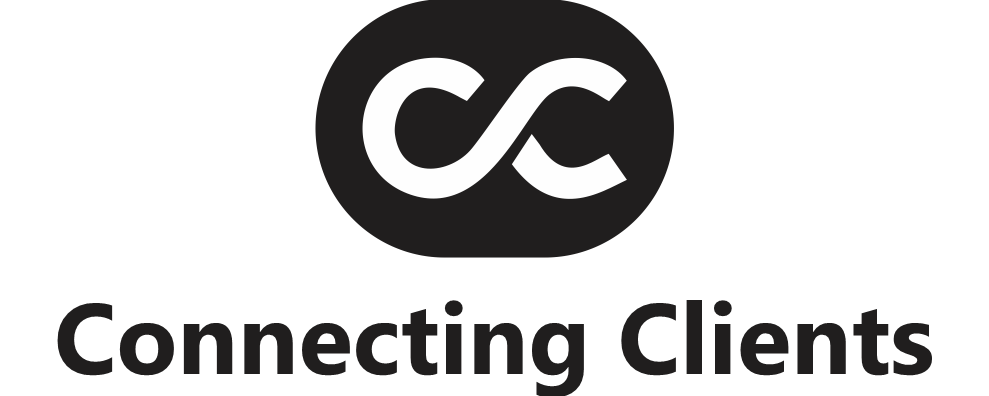Working From Home: How Comfort Became a Trap for Addictive Behavior
It’s easy to imagine that working from home solved more problems than it created. No commute, no dress code, no awkward breakroom small talk. But as the novelty wore off and the quiet set in, something else started creeping in—subtly at first, then more boldly. Behind closed doors and glowing laptop screens, many began slipping into habits that were easier to hide and harder to kick. Addiction didn’t need to wait for the weekend anymore. It just needed a Wi-Fi connection and enough personal freedom to go unchecked.
The Slow Drift Into Daily Dependency
Working from home blurred the boundaries between the professional and the personal, and that blur has a dark side. When there’s no boss pacing behind your desk and no scheduled lunch breaks to follow, a glass of wine at noon doesn’t feel all that forbidden. Especially if productivity stays the same, or even improves for a while. That’s the trick of it—many who start slipping into casual substance use still meet their deadlines, still attend Zoom meetings, still answer emails with lightning speed. So the behavior doesn’t set off alarms. Until it does.
The isolation that often accompanies remote work quietly amplifies this problem. Without routine face-to-face interactions, it becomes harder for friends or coworkers to pick up on warning signs. The casual shift from one drink a night to two during the day isn’t as easy to spot through a webcam. And those struggling with addiction often keep performing, even while unraveling. It’s not just alcohol either. Stimulants, painkillers, nicotine, even online shopping or gambling—whatever takes the edge off the stress or fills the long hours in silence. Working alone means no one sees how often you’re reaching for your coping mechanism. And that’s exactly how many people end up in deeper water than they expected.
When Productivity Becomes a Distraction
Some people hide their struggles by overachieving. It’s a tactic that works, until it doesn’t. Addiction doesn’t always look like what people expect. It doesn’t have to be messy or loud or dramatic. Sometimes it wears sweatpants and finishes tasks early. Sometimes it posts productivity hacks while secretly feeling like everything is unraveling off-camera.
There’s also a growing trend of remote workers chasing the celebrity lifestyle from the comfort of their homes—an idealized image of work-life balance that includes luxurious self-care routines, perfectly curated workspaces, and the illusion that success and comfort go hand in hand. But when that image doesn’t match reality, the internal dissonance creates stress. And when that stress builds, some turn to what’s easy, fast, and numbing.
Even digital distractions become addictive in this context. The endless scrolling, the constant refreshing, the mindless clicking through tabs to avoid boredom or discomfort—it all fits under the same umbrella of escapism. Over time, these coping mechanisms don’t just fill the workday; they start bleeding into personal time, too. And because remote work has no clear off-switch, neither does the habit.
The Role of Outpatient Alcohol Rehab in Reversing the Slide
Not everyone who slips into addiction needs to uproot their entire life to fix it. In fact, many who work from home can recover while staying in that same environment, but with new structure and support. That’s where outpatient alcohol rehab steps in. It offers a powerful solution without requiring total disconnection from work or family responsibilities.
The beauty of outpatient treatment is in its flexibility. It doesn’t demand that someone vanish from their life for weeks. Instead, it weaves into the daily rhythm, offering consistent care, accountability, and education while allowing participants to keep showing up—for their job, their kids, their partner, their dog. For remote workers, this kind of support can be a lifeline. They don’t have to explain a long absence or relocate to a facility. They get help while still living their life. And in that way, recovery becomes part of the routine—not a disruption, but a new foundation.
What people often need most is guidance through the fog. Outpatient programs provide tools that don’t just focus on abstaining, but on rebuilding: habits, health, identity, and relationships. It’s not about hitting rock bottom. It’s about recognizing the drift early and making a conscious decision to swim back toward shore. If you’re looking for a place to start, try searching Betty Ford, Passages or one of these Turning Point locations to find rehabs that are nearby (or far away) that meet what you’re looking for.
How Isolation Can Mask the Signs of Addiction
Addiction loves privacy. It thrives in spaces where no one’s looking and routines go unchecked. That’s why remote workers are often among the last to get help. Their lives don’t look obviously out of control, and no one’s around daily to question their habits. Even family members can miss the early signs if the home is calm and the person still appears to be functioning.
Over time, the emotional isolation can become even more damaging than the physical kind. Without regular, in-person contact, there’s less opportunity for meaningful conversations—the kind that might bring a hidden struggle to light. Casual check-ins over Slack or text don’t exactly open the door to vulnerability. So people keep things surface-level. They smile on camera and spiral off-screen.
Even those who live with others may feel isolated. Addiction is often tangled with shame, and shame makes people hide. They downplay, they deflect, they stay busy to avoid questions. And the longer they go without being seen clearly, the easier it becomes to believe they don’t need help. Until one day, they do.
Rebuilding Routine and Relearning Connection
One of the quiet side effects of addiction—especially when paired with remote work—is the loss of structure. The very thing that once felt freeing, the ability to set your own schedule and work your own hours, can quickly backfire. Without guardrails, the days blur together. Sleep patterns erode. Meals become irregular. Movement disappears. Joyful moments vanish under a haze of monotony and numbing habits.
Recovery, in many cases, starts with rebuilding that lost rhythm. Creating a consistent routine, making time for physical movement, actually leaving the house—it may sound simple, but it’s often the first step toward clarity. Connection helps too. Talking to someone regularly, even if it’s just a therapist or a sponsor, starts to shift the sense of isolation. It doesn’t need to be dramatic. It just needs to be consistent.
Working from home doesn’t have to be the enemy here. In fact, with the right support, it can be the perfect backdrop for healing. It offers flexibility, quiet, and a chance to reimagine what daily life looks like without addictive patterns. For some, it’s not about going back to the old way of doing things. It’s about finding something better, healthier, and more sustainable—this time, with eyes open.
A Final Note
Addiction doesn’t always look the way people expect, and it certainly doesn’t stop when the webcam turns off. But recovery doesn’t have to be dramatic either. It can be quiet, steady, and just as home-based as the workday itself.







